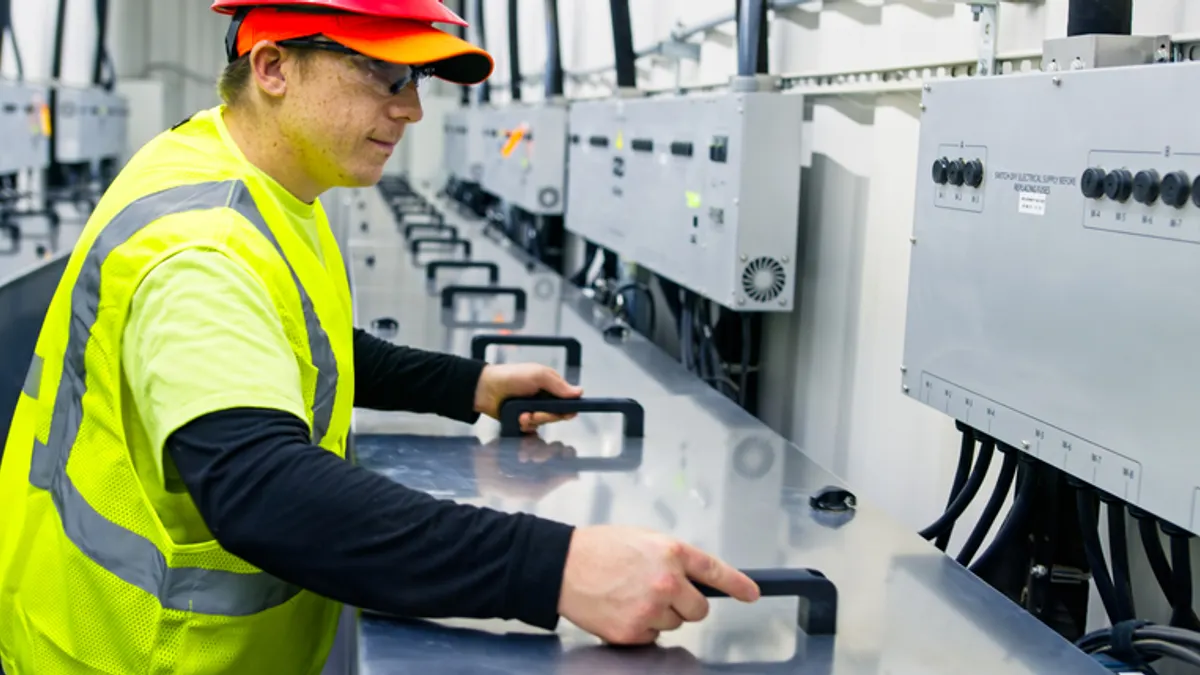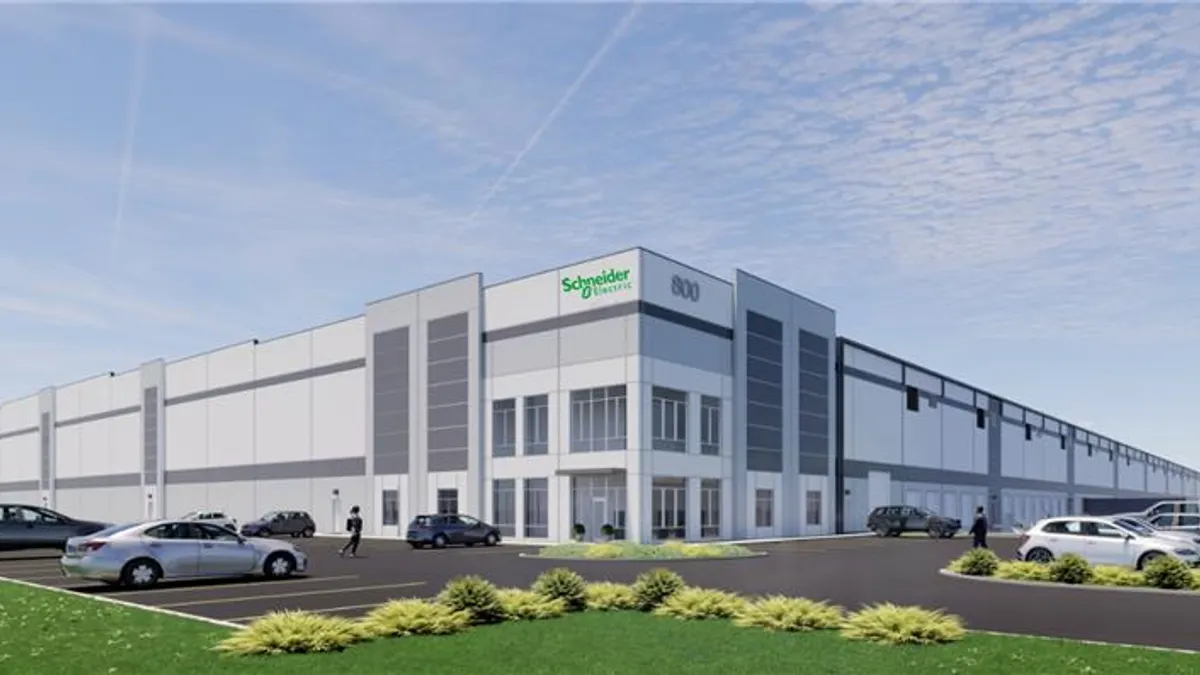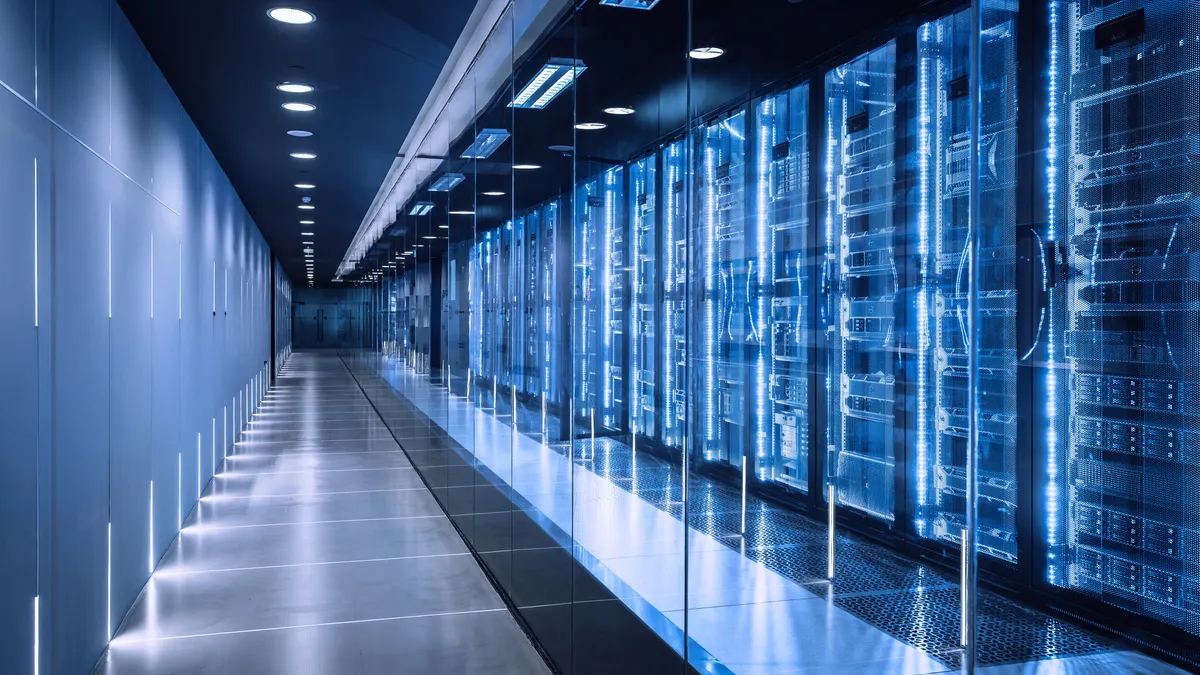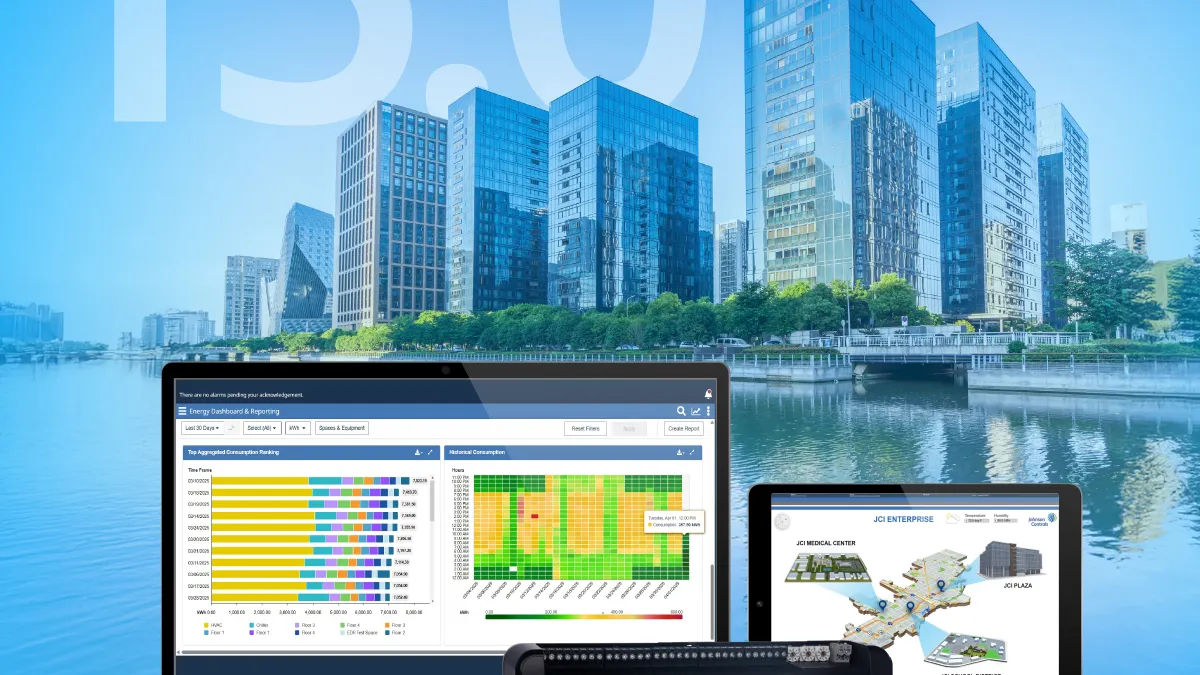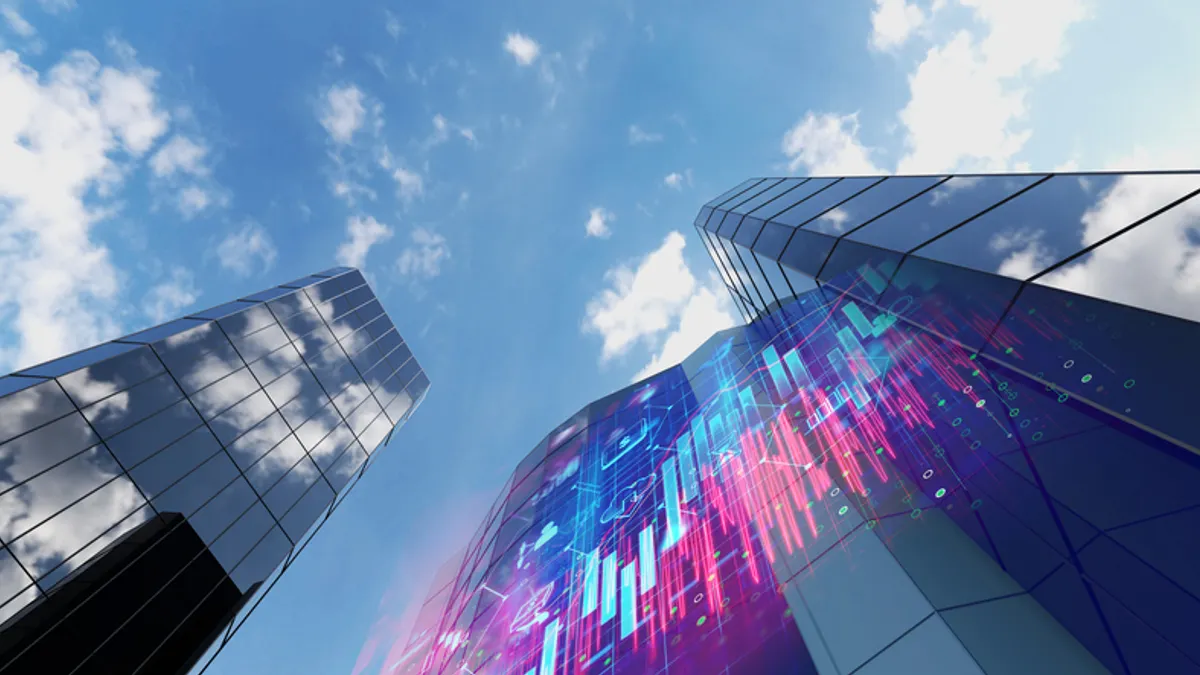Angela Taylor is chief of staff and head of strategy at LiquidStack.
Cooling systems account for up to 40% of a data center’s energy bill, so improving performance-per-watt is essential to data centers’ long-term sustainability and profitability.

Research comparing liquid cooling systems like immersion and direct-to-chip to air-cooling technologies found PPW gains of more than 40% for immersion cooling and 15-37% increases in PPW for direct-to-chip systems, depending on external conditions.
Despite these better performances, 90% of U.S. data centers still rely primarily on traditional HVAC or other types of air cooling systems for thermal regulation, a 2025 report from the U.S. Department of Energy found. The figure is larger at the global scale.
Maximizing PPW
But change is happening. Data center operators have acknowledged the limitations of air cooling and are moving away from these traditional systems.
Racks are simply beyond air’s ability to cool. With their AI workloads and high-density compute clusters, they get hot and power-hungry. That’s led data center operators to look at liquid cooling to reduce energy consumption and reclaim stranded space and capacity. One study shows liquid cooling increasing PPW 17% over air cooling.
Boosting PPW
Of the two main types of liquid cooling, direct-to-chip is the most widely used, but immersion cooling is likely to see broader adoption as the thermal design power of compute chip technologies increases with performance. Both immersion and direct-to-chip have cost-saving potential and both outperform air cooling in terms of energy efficiency.
Fast path
Direct-to-chip involves routing a cooling fluid, typically through a distribution unit, to cold plates mounted on high-heat components, like the CPU, GPU, SSD and RAM. Air-based systems typically remain in use to cool the other server components.
There are two main types of direct-to-chip technologies: single-phase and two-phase.
In single-phase systems, the coolant (typically water or a water–glycol mix) remains liquid as it circulates through a cold plate and removes heat via sensible heat transfer. These systems are relatively simple and less expensive to deploy than two-phase approaches, but they require higher coolant flow rates and pumps and generally support lower maximum heat flux. Because they’re compatible with existing server designs and rack architectures, single–phase DTC approaches are more straightforward to implement than immersion or two-phase systems in retrofits for high-density workloads such as AI and high-performance computing.
Two-phase DTC, on the other hand, uses a dielectric refrigerant that boils inside the cold plate, absorbing latent heat and then recondensing in a condenser. It delivers high heat-transfer performance and uniform chip temperatures with low pumping power, but it requires system complexity and careful pressure/temperature control to prevent dry-out.
Both approaches can offer substantial efficiency gains over air cooling. Analyses by the company I’m with, LiquidStack, have found that DTC cooling systems can provide a 36% reduction in energy used for cooling and a 48% reduction in CapEx when compared to air systems.
Long path
Immersion cooling involves fully submerging servers in cooling fluids. Just like DTC, there are two types of immersion cooling—single-phase and two-phase.
In single-phase immersion, the servers are submerged in a liquid that is circulated and cooled through a CDU. In two-phase immersion, the servers are submerged in a special dielectric heat transfer fluid that is then boiled and condensed within a sealed tank.
Immersion cooling eliminates the need for server fans, which can account for up to 20% of a server’s power draw. It also reduces or eliminates computer room air handling and conditioning units and allows for ultra-efficient thermal transfer. Because of its design considerations, immersion systems are most often used in new data center builds for dedicated, high-performance clusters. Although they require specialized tanks, fluid maintenance, and system integration, immersion cooling systems can support much higher rack densities (250 kW/rack or more).
In a pilot project from Microsoft, teams reported up to 15% energy savings per server using immersion cooling, while other deployments have achieved cooling energy reductions of more than 90% relative to air. In addition to PPW and other efficiency gains, immersion cooling can reduce hardware failure rates and offer a variety of opportunities for heat reuse.
Implementation
For data center operators evaluating liquid cooling, a phased roadmap helps capture performance-per-watt (PPW) gains with minimal disruption. Follow these five, fundamental phases to ensure your deployment’s success:
- Assessment: Start with a system audit—rack power densities, workload thermal profiles, and current cooling performance. Use this assessment to model TCO and define target benefits.
- Pilot: For your pilot phase, begin with a subset of high-density racks. Measuring PPW, PUE, and CDU performance at this stage validates ROI and builds operational expertise. If you’re looking for a benchmark, in Microsoft’s Azure pilot, two-phase immersion reduced per-server power draw by 5–15%.
- Integration: During this phase, plan CDU placement, plumbing, and your overall heat rejection strategy early. Simultaneously, train staff in liquid handling and design for redundancy to protect uptime.
- Scale-up: Your best bet for scaling is to expand by tiers or clusters, prioritizing the densest workloads first. Align deployments with hardware refresh cycles to smooth capex and reduce disruption.
- Partnerships & Optimization: Work with experienced OEMs and integrators. Choose modular CDUs, proven fluids, and ensure warranty coverage. Continuously track PPW, PUE, and fluid health to sustain efficiency and guide future rollouts.
By following this kind of phased approach, one can minimize risk while unlocking efficiency gains at every step. With the right strategy and partners, liquid cooling can evolve from pilot to production, to full-scale deployment seamlessly.
Cost cuts
Power usage effectiveness — defined as the ratio between the total energy amount a facility consumes and the energy specifically used by the IT equipment — has long served as the go-to measure of data center efficiency. However, PPW offers a more holistic and forward-looking view. It accounts for not just energy use, but the computational value delivered per watt.
This makes PPW especially relevant in today’s AI-driven environment, where workloads are hotter, denser, and more dynamic than ever before. Operators who optimize for PPW now will be better positioned to scale responsibly, reduce operating costs, and hit sustainability targets.
Liquid cooling is not just a cutting-edge technology — it’s a strategic enabler of PPW-driven performance gains. Whether you start with DTC or go all-in with immersion, the key is to act early, plan strategically, and track the right metrics. Those who embrace liquid cooling today will reap the rewards tomorrow: higher performance-per-watt, lower energy bills, longer hardware lifespans, and a stronger competitive edge in the sustainable data economy.

